As 2020 draws to a close, predictions for 2021 are difficult for as long as the Corona virus crisis remains. While there are several promising signs of vaccine relief, the uncertainty and huge task ahead are likely to have a dampening effect on peoples’ ability to travel and go about their daily lives.
2020 in review
Australia’s economy took a massive backstep early in the year with various state shutdowns and the closure of borders and many industries. The predicted slowdown was milder than first anticipated and as the year drew on the first signs of economic growth since March were seen in November, with GDP, household consumption, company gross operating profits, wages and salaries, and business confidence/ revenue outlook all slightly increasing in the last quarter (ABS).
At the same time, while unemployment remains high, 75% of the loss of total employed people experienced in April and May was recovered between June and October.
The State and Federal Governments have responded in a way never seen before in Australia. In lockstep, they have funded relief packages for individuals, businesses and industries, investment in infrastructure and economic development, and innovative programs to re stimulate the economy. The 12 foremost National and State infrastructure projects across each State and Territory have a combined projected cost of almost $100 billion dollars. Focused on rail, roads, airports, bridges and tunnelling in the cities and regions alike, they will require a large workforce and significant investment in equipment and machinery to build, and will result in improved passenger and commodity transport, in turn stimulating growth in branches of each region.

Agriculture and Manufacturing have been stifled by a variety of challenges in 2020, but have a brighter future for 2021. The 2020/21 winter crop was forecast to have the second highest production (after that of the record 2016-17 harvest of 56.7 million tonnes). Summer crops planting is forecast to rise by 211% from the drought impacted 2019-20 levels, with summer rainfall predicted to be above average in most affected regions. Summer crop production is forecast to be increased 322% on the previous year, with the extra rainfall expected to add to soil moisture for planting and germination. Manufacturing in Australia has declined from almost 14% of GDP in the early 1990s to the current level of about 5.8% in 2020. Covid19 has caused a decline in GDP and resultant downturn in manufacturing, but also exposed many supply chain vulnerabilities which the Federal Government is committed to overcoming, by bolstering local manufacturing and decreasing the country’s reliance on overseas manufactured goods. The National Covid Co-Ordination Commission (NCC) has identified 8 specific areas covering food manufacturing, mining technology, defence, renewable technology, healthcare, biotechnology, recycling & packaging, advanced manufacturing and aerospace as industries to focus upon with the expectation that manufacturing could create an additional 495,000 jobs in the next decade.
While Australia has been through the wringer and the difficulties of Covid19 remain, the nation as a whole is resilient and once again has its Lucky Country status. As an isolated continent, the country is better able to protect its borders and governments are committed to keeping the virus out. At the same time government policy has sought to replace the loss of many jobs, businesses and industries with alternative employment streams from major infrastructure investment, to set up the next phase of growth. Its good fortune from favourable agricultural conditions and renewed focus on self reliance and innovation will hopefully insulate us from the worst conditions suffered overseas.
As a business wishing to grow and develop, how can you be advantaged?
- the lowest interest rates in history can be fixed long term, giving cashflow certainty
- banks and financiers are keen to lend and offer a range of incentives
- 100% Instant Tax Writeoff for business assets costing up to $150,000
- Government guaranteed loans, provided by the Corona Virus Small and Medium Enterprise (SME) Guarantee loan scheme, at heavily discounted rates
- low doc and no doc loans (ie: no financials required) are commonly available
- discounted interest rates for low fuel emission vehicles and equipment
- finance readily available for upgrades, replacements and improvements
For the latest information on current lending conditions, rates and incentives contact us.


